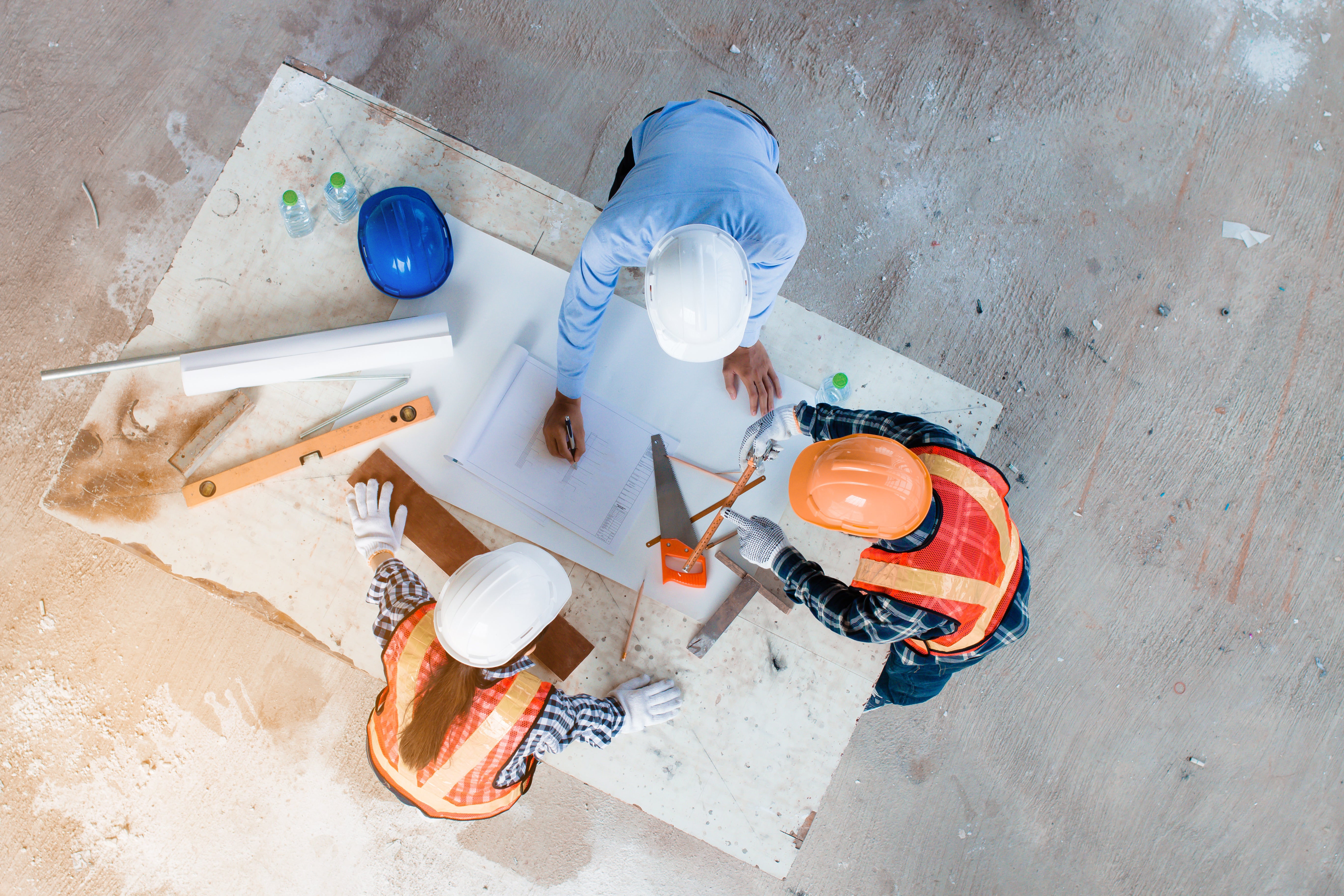Dear Sean,
After months of exclusively working remotely, my team is back to taking some in-person meetings. We do our best to steer as many conversations as possible to Zoom, but there are some things that require us to show up and meet with people on job sites.
I love my team and want to respect everyone’s feelings in this crazy time, but I have one employee who absolutely refuses to do any in-person work, because they don’t feel it is safe. As a result, their teammates have been picking up the slack to take meetings with contractors—a solution that doesn’t feel great, or like it will work long-term. (To be honest, it seems to have been going well so far, but also feels like a breeding ground for resentment.)
I’m not sure what I’m allowed to do—or what’s right. But my gut is telling me that it’s time for everyone to get back out in the field. What do you think?
Socially Distant Dilemma
Dear Socially Distant,
Here we are, almost eight months into the coronavirus pandemic, and uncertainty prevails. There are worries about a second spike, and, as evidenced by President Trump’s infection, the knowledge that not even one of the most protected work environments on the planet is safe from the virus.
It is not unreasonable for employees to be concerned about returning to job sites, especially in areas that may be seeing a significant rise in infection rates. And yet you need to complete your projects and serve your clients well. Yes, much can be done remotely, but sometimes you just have to be physically present to ensure the work is completed as you would have it done. For the purposes of this column, let us assume there is no viable alternative to physical interaction.
First, your firm must establish and adopt protocols—and adhere to them—if it has not done so already. Those protocols need to be in writing and published. The purpose is not only to ensure safety of employees, but also to set a baseline of interactions that you as the business owner are comfortable with, both for yourself and on behalf of your employees and representatives. The baseline exists so that everyone can measure themselves against it. Say you require temperature checks, gloves, masks and face shields on every job site you go to—then all will know where you and your firm stand and can act accordingly (even if there is additional expense involved). We all have to recognize that risk is completely individual and there is no uniform practice anywhere in the United States.
As for employees, if they do not agree to your baseline, I would very much want to know why. Though I am a lawyer, I do not know the employee laws that apply here, so you would of course need to ensure that the following actions fall within legal bounds of your specific industry and location. But I would want to know why an employee is unwilling to accept your firm’s parameters with regard to job site safety from COVID. If it is for anything other than a specific and real threat to them or their immediate family members, I would reject the reason and demand performance. Again, this presumes that on-site protocols established by you for your firm are respectful of all situations within your firm that you know of, and are in keeping with up-to-date best safety practices.
There has to be a line between fear and performance. Discomfort given this identified and considered risk does not excuse performance. That said, of course, if there are extenuating circumstances—such as a significant and immediate direct or indirect health threat—that require additional protection, then absence is not only understood but expected.
We take risks every day in every aspect of our lives. COVID is just another risk, no matter how outsized, pervasive and amorphous it is. Circumstances have forced us all to evaluate what is and is not worth it. Employee discomfort is real, no doubt, but measured against the mission of your firm to do its best work, it has to come second once you formulate an intelligent response to minimize exposure and risk. And, as with all things, an employee always has the choice to vote with their feet. If they choose to stay, however, then they need to be all in and do the job in front of them.
Last, there is no perfect answer here, only tough choices and a firm understanding of your values as an artist (i.e., making sure the work is done to your standards or not showing up and letting the chips fall where they may), as a business (i.e., fulfilling your promise to your clients to do only your best), and as a human being (i.e., to deeply care about all involved). For me, this means that you must draw the line and live there today. It does not mean you cannot change it tomorrow, but to live with intention, purpose and clarity is in order, regardless of the discomfort it might cause.
Homepage photo: Shutterstock
____________
Sean Low is the go-to business coach for interior designers. His clients have included Nate Berkus, Sawyer Berson, Vicente Wolf, Barry Dixon, Kevin Isbell and McGrath II. Low earned his law degree from the University of Pennsylvania, and as founder-president of The Business of Being Creative, he has long consulted for design businesses. In his Business Advice column for BOH, he answers designers’ most pressing questions. Have a dilemma? Send us an email—and don’t worry, we can keep your details anonymous.





























